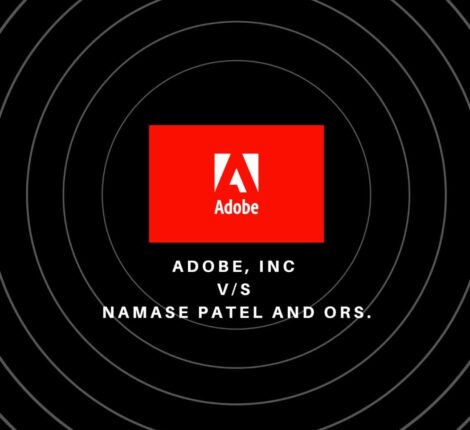EU rules fizzing sound not a valid trademark
Ardagh Metal Beverage Holdings GmbH & Co. KG had applied for registering a sound sign as a European Union (EU) trademark with the European Union Intellectual Property Office (EUIPO). The audio file submitted is a sign that recalls the sound made by the opening of a drink can followed by a silence of approximately one second followed by a fizzing sound lasting around nine seconds. The company sought registration concerning various drinks and metal cans used for storage.
It was the first time that EUIPO gave a ruling on registering a sound mark submitted in audio form. The Court rejected the application stating that the trademark applied for, was not distinctive. It then clarified the criteria for assessing the unique character of sound marks and the perception of those marks in general by consumers.
Findings of the General Court of the European Union
The Court observed that the criteria for assessing sound marks’ distinctive nature/character do not differ from those applicable to other categories of marks. A sound mark must have a particular resonance, enabling the target consumer to perceive it as a trademark and not as a functional element or indicator without any inherent characteristics. Thus, a consumer must associate the sound mark with the product’s commercial origin even in the absence of other features like word or figurative elements or even another mark.
Further, the EUIPO had referred to Mag Instrument v OHIM[1], according to which, only a mark that departs significantly from the sector’s norms is distinctive. The case law concerned a three-dimensional mark consisting of the shape of the product itself or its packaging where there are norms or customs of the sector relating to that shape. Here, the Court held that in such situations, the consumer could not perceive the three-dimensional mark as an indicator of the commercial origin of the goods if its shape is similar to the familiar shapes. The Court added that the average consumer’s perception is not necessarily the same in the case of a three-dimensional mark as in the case of a word, figurative or sound mark, which consists of a sign independent of the exterior appearance or shape of the goods. The General Court observed that even though EUIPO incorrectly applied the case-law of three-dimensional mark to the present one, the reasoning held for rejecting the application was a valid one.
Further, regarding the question of the perception of the mark applied for by the relevant public as being a functional element of the goods, the Court observed that the sound produced will be a purely technical and functional element and such a sound will therefore not be perceived as an indication of the commercial origin of those goods. Secondly, the relevant public immediately associates the sound of fizzing bubbles, with drinks. In addition, these elements are not resonant enough to distinguish themselves from comparable sounds in the field of drinks. Therefore, the Court confirms EUIPO’s findings relating to the lack of distinctive character of the applied mark applied.
Also read: EU declares trademark ‘Aquagold’ invalid in counterfeiting battle with ‘Aquavit’
However, the Court refuted the EUIPO’s judgment that it was unusual on the market for drinks and their packaging to indicate the commercial origin of a product using sounds alone on the ground that those goods are silent until consumption. The Court pointed out that most goods are initially mute and produce a sound only after their consumption. Thus, the mere fact that a sound is made only for consumption does not mean that the use of sounds to indicate the commercial origin of a product on a specific market would still be unusual.
[1] Judgment of 7 October 2004, Mag Instrument v OHIM (C-136/02 P, paragraph 31).
Author: Sushmita Gupta, student at NALSAR University of Law
Disclaimer: This brief is intended to provide general guidance to the subject matter. It does not contain legal advice. For any specific advice/corrections, write to [email protected]
© ZEST IP




